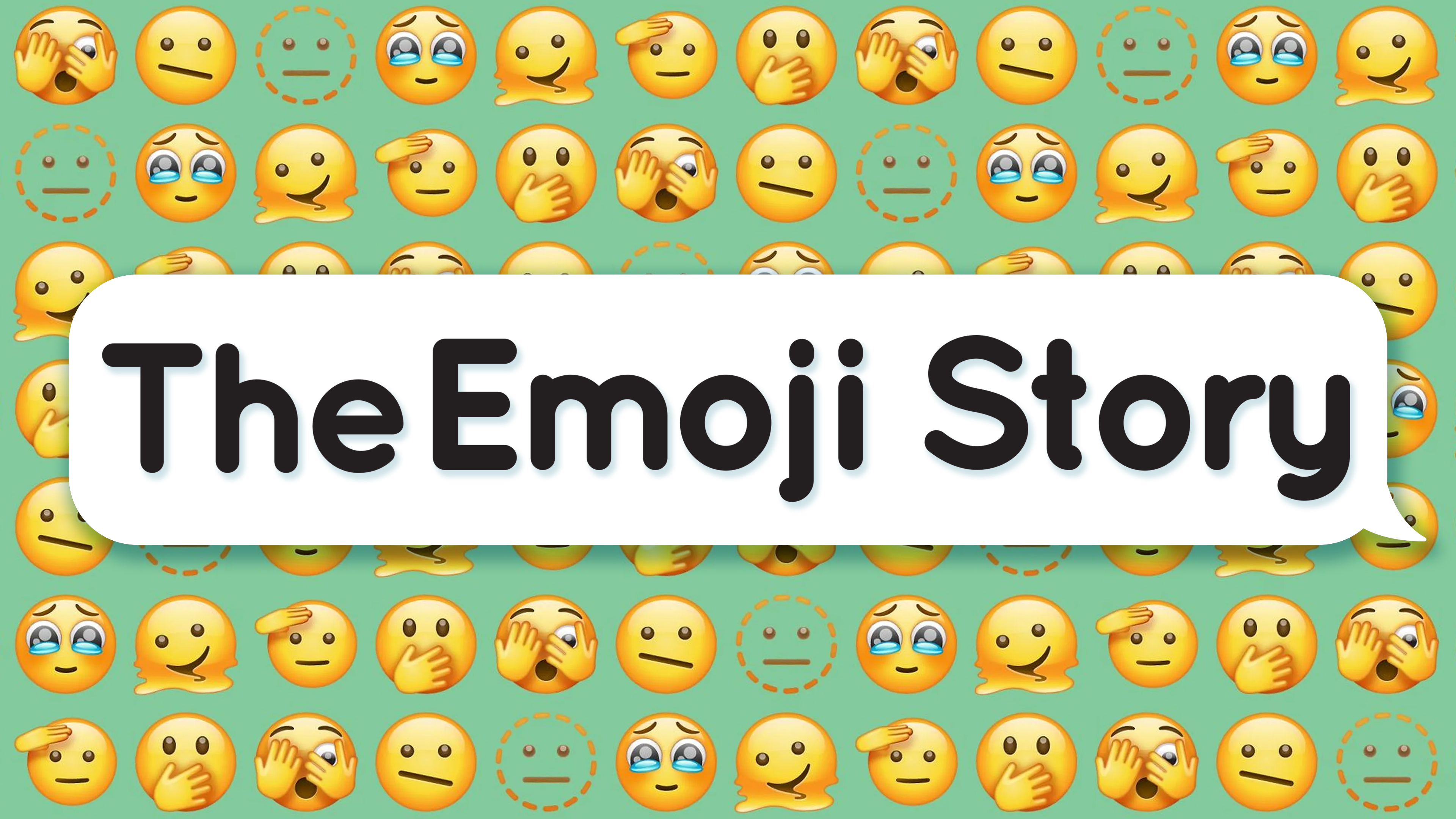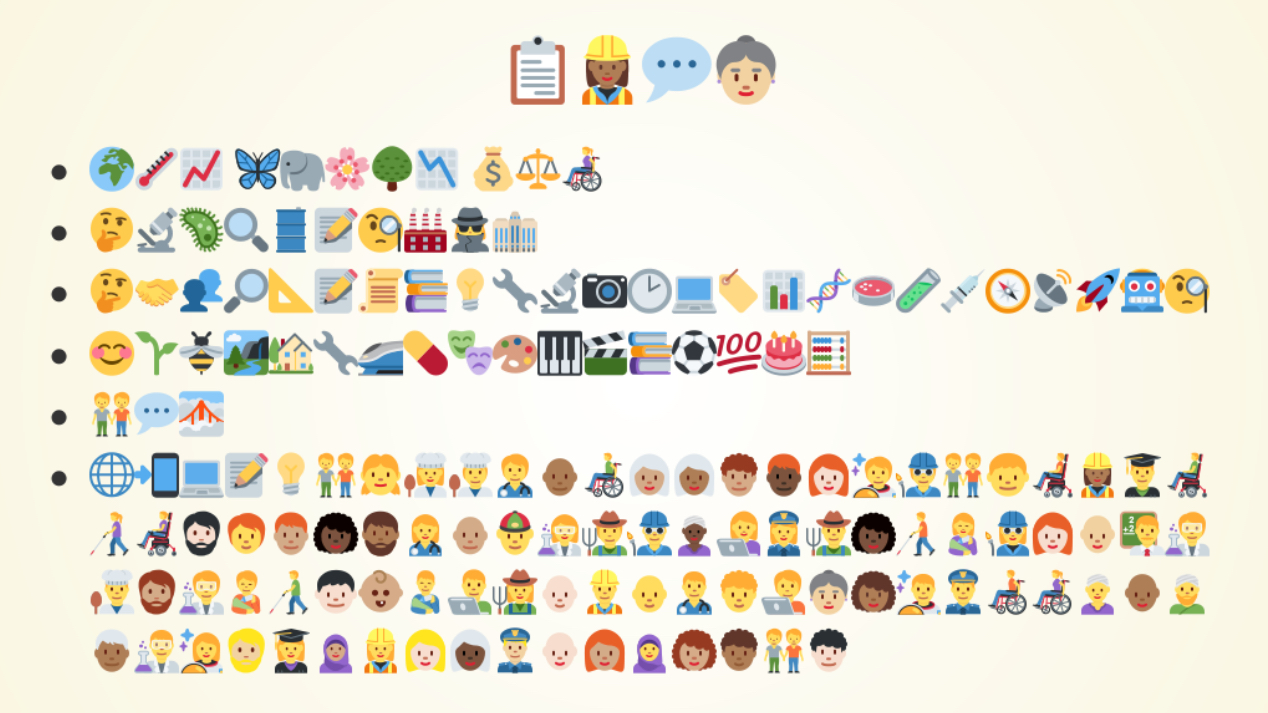Have an idea for a great new emoji? Here are the 5 steps you’ll need to take if you want to get your concept officially approved.
◊
Do you have an idea for a nifty new emoji that’s certain to be used widely? Perhaps you should submit a proposal for a new character to the Unicode Consortium. But be advised: It’s a detailed and meticulous process, involving multiple steps from the initial concept to the final approval. Here are five steps along the way, from conception to adoption:
 Delve deep into the history and worldwide expansion of emojis in this MagellanTV documentary.
Delve deep into the history and worldwide expansion of emojis in this MagellanTV documentary.
1 - Conceptualization and Preparation
The process begins with an idea for a new emoji. This idea could be inspired by cultural trends, gaps in the current emoji offerings, or user demands. Once you form your idea, you must conduct thorough research to support the need for the new emoji. This includes checking if a similar emoji already exists, analyzing the frequency of use for the proposed emoji concept in digital communication, and ensuring it aligns with Unicode’s inclusion criteria.
2 - Proposal Submission
You must draft a detailed proposal following the guidelines provided by Unicode. The proposal typically includes a brief overview; sample images, usually in black and white and color; suggested names and keywords for the emoji; a strong argument for why the emoji is necessary, supported by research and data; and data or evidence showing the potential frequency and contexts of use.
Once the proposal is drafted, it is submitted to the Unicode Consortium.
 Can you read emoji? This illustration purports to explain “some reflections on participatory research.” (Credit: Daniel Mietchen, via Wikimedia Commons)
Can you read emoji? This illustration purports to explain “some reflections on participatory research.” (Credit: Daniel Mietchen, via Wikimedia Commons)
3 - Review and Feedback
Unicode will conduct an initial review of the proposal. This review assesses the proposal’s completeness, the rationale provided, and its alignment with Unicode’s selection factors, which include compatibility, expected usage level, image distinctiveness, and completeness. If the proposal is found lacking, Unicode may provide feedback to you, after which you have the opportunity to revise and resubmit the proposal.
4 - Committee Deliberations
During deliberations, Unicode evaluates the proposal in greater detail, considering factors such as diversity, inclusion, and the potential for misinterpretation. They may also look at global usage patterns to ensure the emoji is not overly specific to one region or culture. After a thorough evaluation, Unicode votes on whether to recommend the proposal to the Unicode Technical Committee (UTC). This recommendation includes a detailed report highlighting the proposal’s strengths and weaknesses.
5 - Final Decision
The UTC, which is composed of representatives from major tech companies and other stakeholders, reviews Unicode’s recommendations. The UTC discusses the proposal in its meetings, considering Unicode’s report and any additional feedback. Finally, the UTC members vote on whether to approve the new emoji. If a majority approves, the emoji is added to the Unicode Standard.
And Voilà! You Have Your New Emoji
This comprehensive process ensures that each new emoji is carefully considered and meets the needs and expectations of users worldwide. After the emoji is approved and added to the Standard, it must be defined in Unicode coding charts. Then tech companies implement and sometimes change the design to fit each platform’s style. Only after these final steps does the new emoji become available to users worldwide through software updates from various vendors.
Ω
Title Image source: Adobe Stock Images

